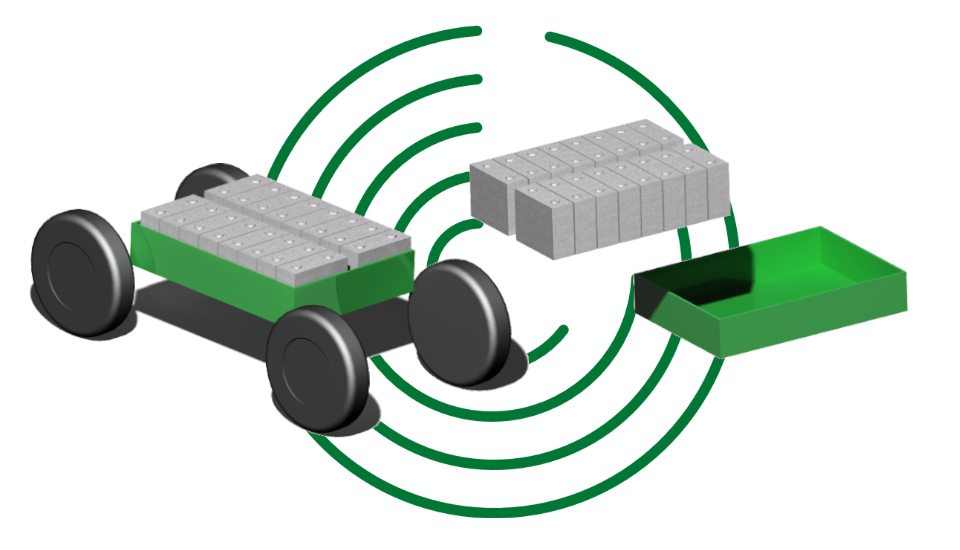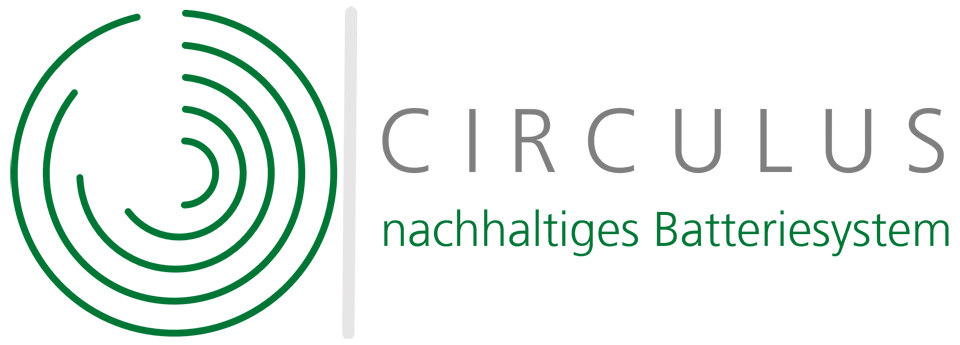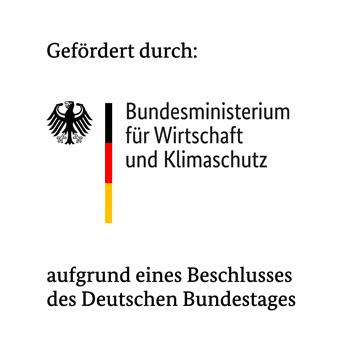Development of a sustainable energy storage system for mobile and subsequent stationary use


Basically, there are three main aspects to be considered for the secondary use of lithium-ion cells or lithium-ion battery systems. One focus concerns the currently existing cell condition and the evaluation of the further safety in the aged condition. Not all lithium-ion cells are the same, because depending on the composition of the electrolyte, the material used for the anode and cathode and the physical structure of the cell, the cells differ considerably in their aging behavior. This means that for each use or second use, there is an urgent requirement for testing and evaluation methods for the aging behavior of the cells used in each case. The current cell condition is important for clarifying whether the cell can still be operated economically and safely in further use. The evaluation of the further safety in the aged state concerns the monitoring and control during the second use in the stationary storage. Here, the battery management must be adapted accordingly. This is also the second focal point that must be taken into account during secondary use.
The battery management system is used to monitor and protect the cells and is the interface to the vehicle or the power grid. One crucial difference is the different control requirements, another the different system setups, since several vehicle batteries are usually needed to represent a stationary storage system.
The third focus is on the design and construction of the battery system as a whole. The current state of the art does not take into account the possibility of secondary use. This leads to high time and economic expenditures, for example due to necessary conversion measures, up to the complete exclusion for a second use. The design and construction of the battery system itself also plays a role, if not the decisive role, in the subsequent and necessary recycling of lithium-ion battery systems.

First and second use phase mandatory
In the CIRCULUS project (duration: 09/2021-08/2024), a battery system is being developed, which is designed directly for a first and a second use phase. An important focus of the work is reversible and yet lightweight as well as operationally reliable joining connections at the cell level through the module fastening to the system housing. Additional tasks concern a practicable method for cell evaluation as well as the realization of efficient and fast conversion concepts from mobile to stationary applications.
In addition, the current procedure of incineration for energy recovery from used plastics is not resource-saving. Therefore, the construction is designed in such a way that the installed plastics can also be economically separated and recovered.
These goals are to be achieved in the project:
Through the interdisciplinary project, CIRCULUS will compile and implement the requirements for a battery system for a mobile and stationary application in chronological order and for final recycling, and demonstrate them in a real setup.
As a result, a sustainable mobile battery system and a real stationary neighborhood storage system made of aged lithium-ion vehicle batteries will be created in a residential area in the further course of the project.

The work involved in developing the system is highly interdisciplinary and requires a wide range of sub-competencies. The consortium covers these individual competencies with precision:
Project Duration: 09/2021-08/2024